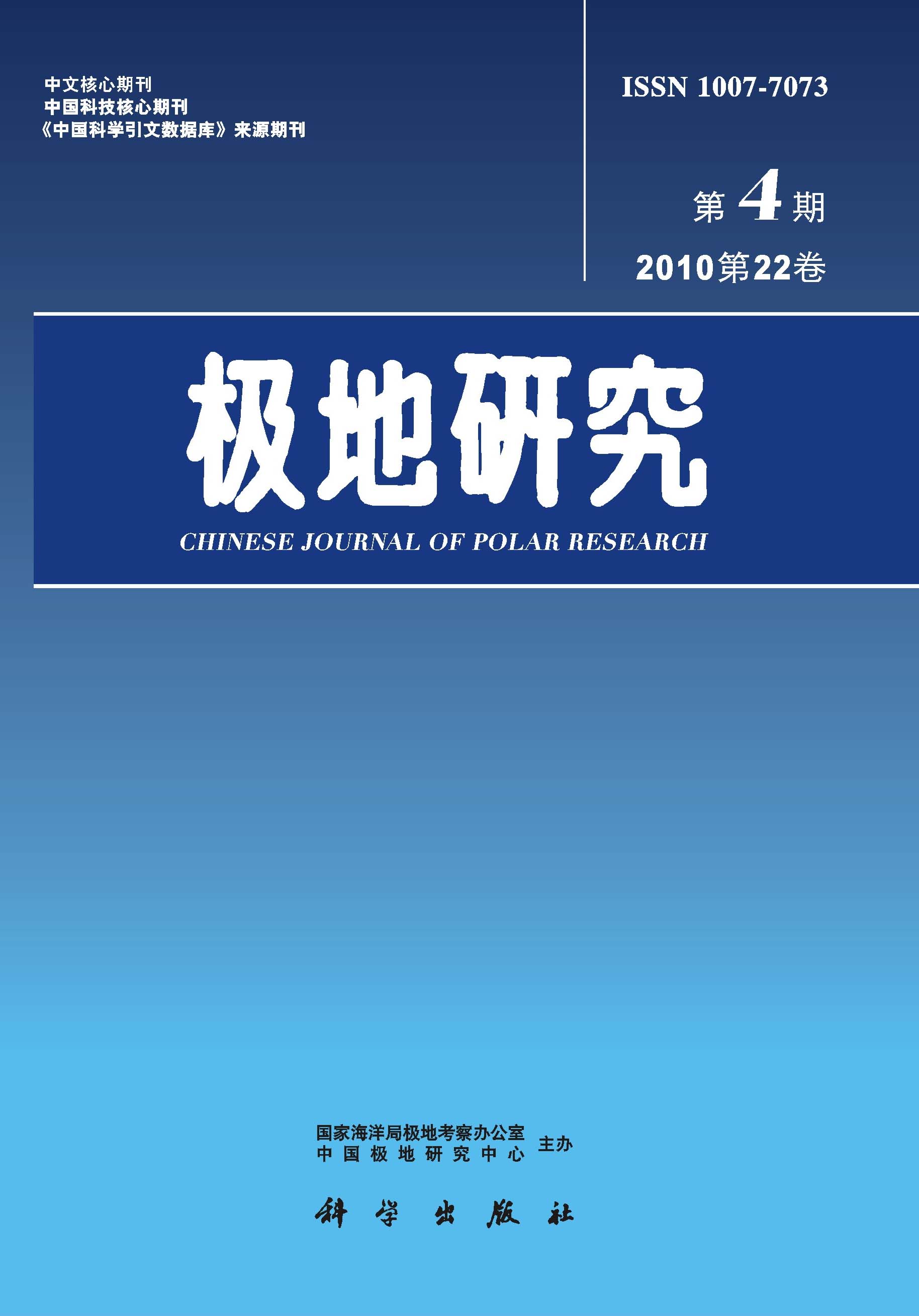The present paper is based on materials collected in Chukchi Sea during the period from July to August 1999 on icebreaker the R/V "Xuelong" by Chinese First Arctic Scientific Expedition. A total 8 species of pelagic Hydromedusae were identified, of which 4 species belonged to Anthomedusae, 2 species to Leptomedusae, 1 species to Trachymedusae and 1 species to Narcomedusae, the Neoturris breviconis is recorded for the first time in Chukchi Sea. Their principal morphological characteristies are described and illustrated. The 8 species of Hydromedusae occurring in the Chukchi Sea all were cool water species, of which 6 species belong in neritic species, 2 species in ocean species. According to the geographic distribution of species, they may be divided into three groups: Arctic species, Arctic boreal species and Boreal temperate species. From the view point of zoogeography, species from these waters belong to the Arctic fauna. The abundance of Hydromedusae in Chukchi Sea was generally low, with a mean value of 108 ind./100m 3. The condition of distribution of individual number was due to distribution of dominant species. The Rathkea octopunctata and Aglantha digitale were dominant species. The vertical distribution of Aglantha digitale was inhabiting the 0-300m and having their quantitative maximum in the 50m to 100m.

